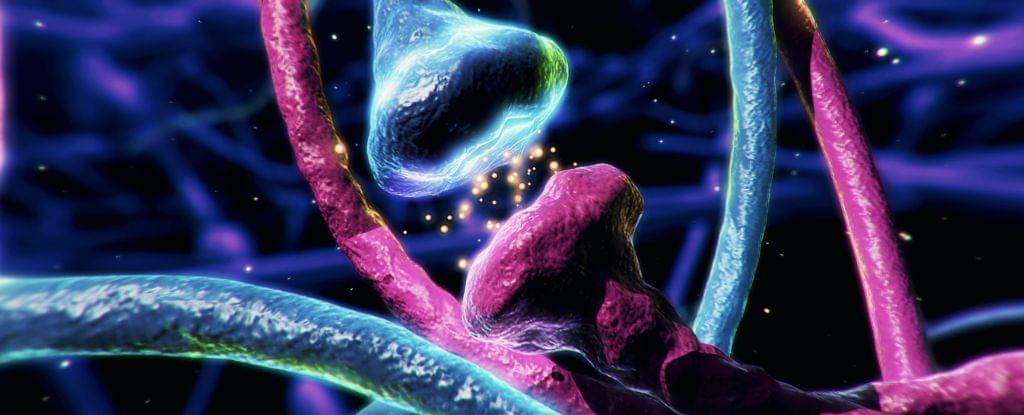The new implant contains a reservoir of glucagon that sits beneath the skin and can be activated in an emergency, with no need for injections. For individuals with Type 1 diabetes, the risk of hypoglycemia, dangerously low blood sugar, is a constant concern. When glucose levels drop too far, the








